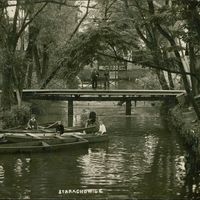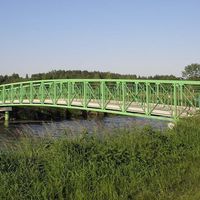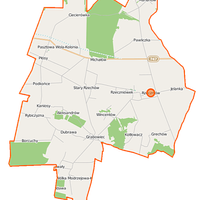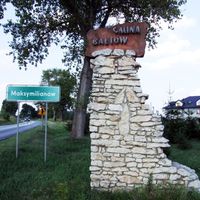Iłża Primeval Forest
6.7
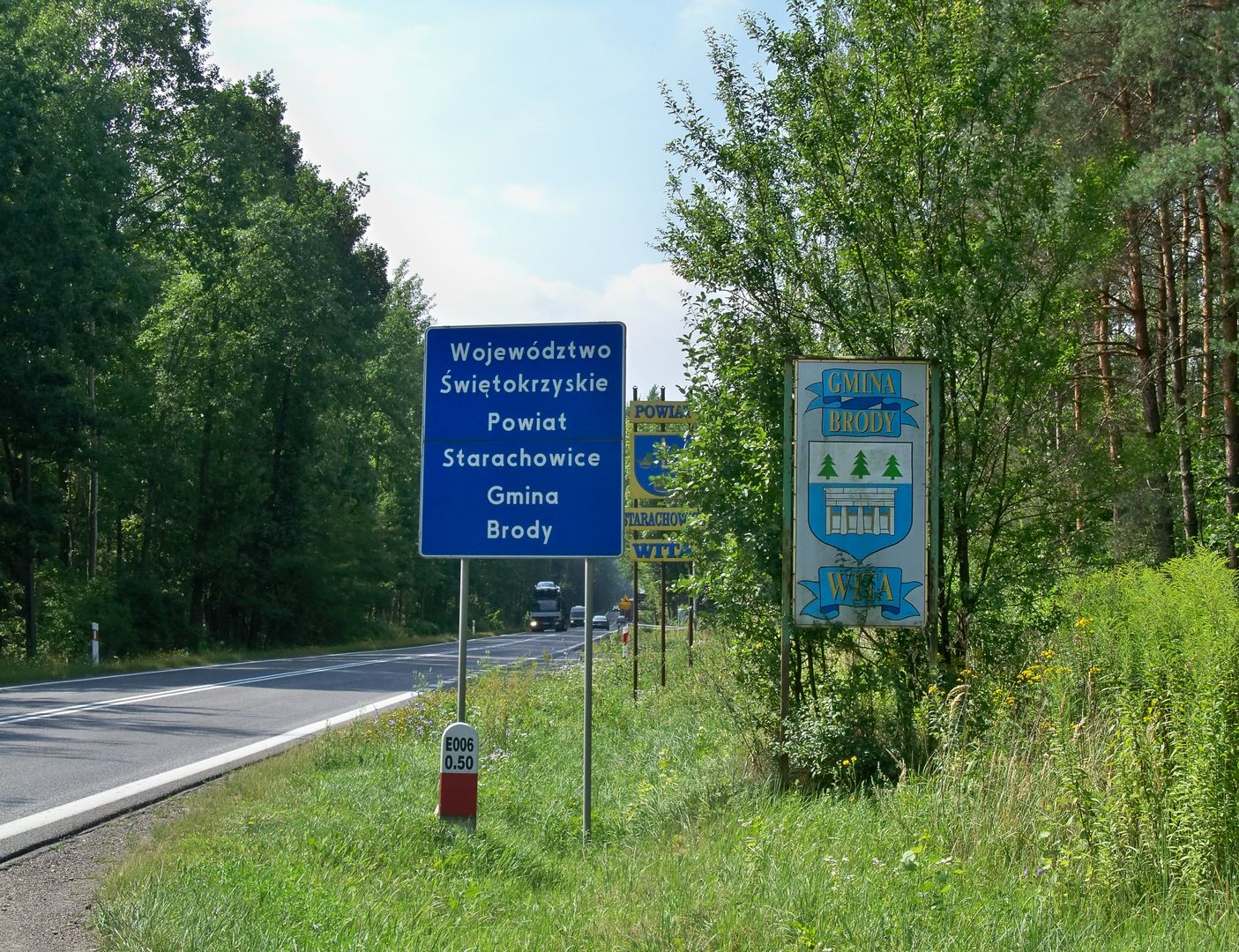
Overview
The Iłża Primeval Forest, also known as the Starachowice Forests, is a vast 25,000-hectare woodland complex located in the Iłża Foothills, in the northern part of the Kamienna River valley, between the towns of Skarżysko-Kamienna, Iłża, and Ostrowiec Świętokrzyski. The forest cover in this region has undergone significant transformations, and today it is predominantly composed of pine, supplemented by oak, larch, and fir, with occasional occurrences of beech. The forest is divided into the Starachowice and Ostrowiec forest districts. Within its boundaries lie nature reserves such as Piotrowe Pole, which protects old-growth larch stands; Rosochacz, featuring multi-species forest stands growing around the swampy springs of the Świętojanka River; and Skały pod Adamowem, an outcrop of Lower Triassic sandstones. Historically, the Iłża Primeval Forest was part of the medieval Świętokrzyska Wilderness, and in the 18th century, it was dominated by mixed forests of pine, oak, birch, fir, and alder. The region developed beekeeping traditions, and its timber was used in the mining and metallurgy industries of the Old-Polish Industrial Region. During World War II, the forest witnessed intense partisan warfare involving units of the Home Army as well as other armed formations such as the Peasant Battalions and the People's Army. After the war, in 1945, the Starachowice Forests, including parts of adjacent private woodlands, were nationalized. The Iłża Primeval Forest is not only a valuable natural area but also a place rich in history, which continues to influence local culture.
Location
2025 Wizytor | All Rights Reserved
